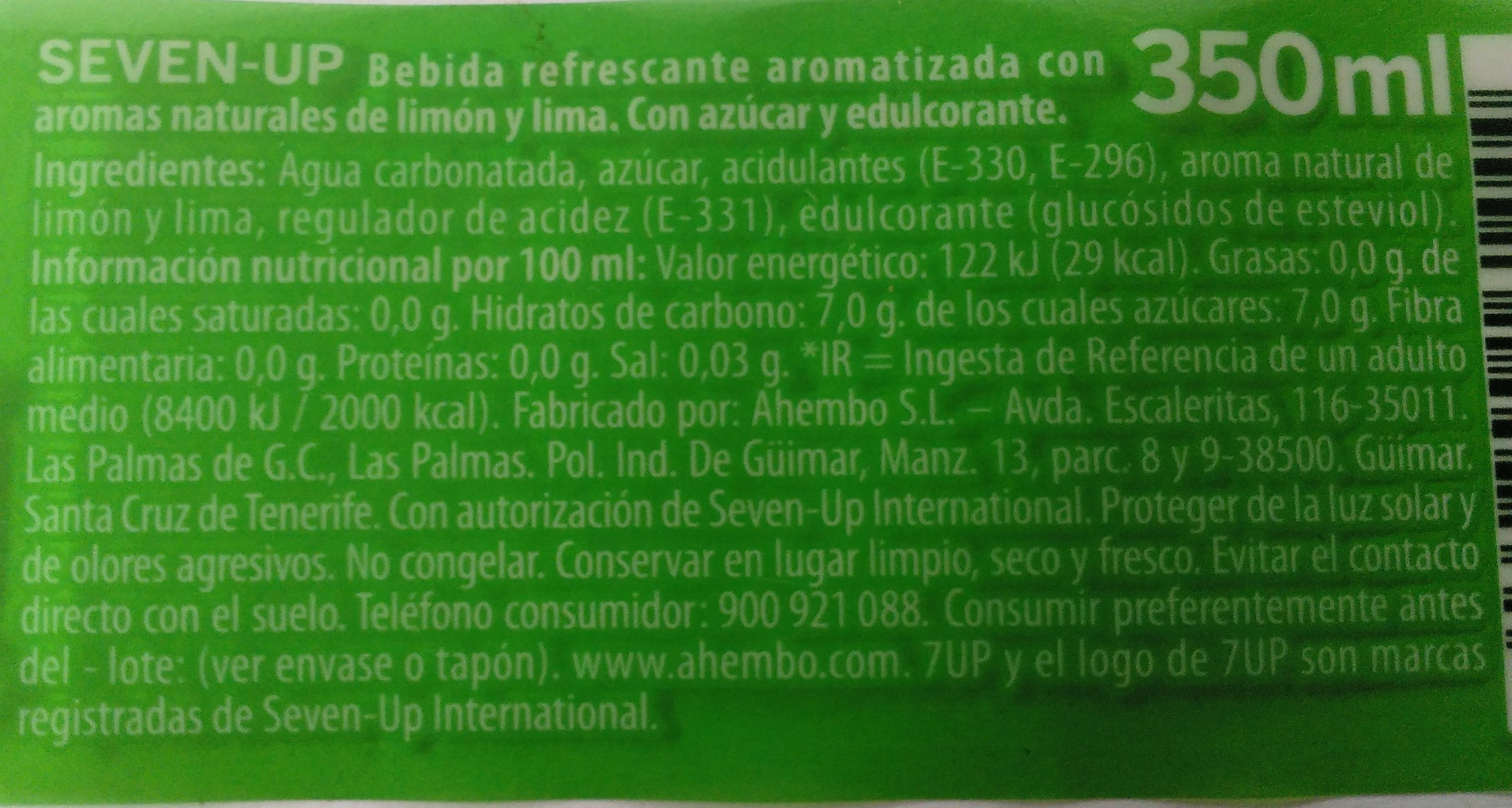7 Up - 350ml
Aquesta pàgina del producte no està completa. Podeu ajudar a completar-la editant-la i afegint-hi més dades a partir de les fotos ja disponibles, o fent-ne més amb l'aplicació de androide o iPhone / iPad. Gràcies!
×
Codi de barres: 4060800161444 (EAN / EAN-13)
Quantitat: 350ml
Empaquetament: es:Botella plastico
Marques: 7 up
Categories: Begudes, Begudes carbonatades, Begudes ensucrades artificialment, Refrescs, Begudes ensucrades
Etiquetes, certificacions, premis: No refrigerar
Països on es va vendre: Espanya
Matching with your preferences
Entorn
Empaquetament
Transport
Report a problem
Fonts de dades
Producte afegit per ewen
Última modificació de la pàgina del producte per packbot.
La pàgina del producte, també editada per davidd22, fixbot, kiliweb, openfoodfacts-contributors, thaialagata, yuka.SGJ3Qk5hSUsvZmdMdk50bW93dmUxSWxuNnFYd1pGbXlldFJMSVE9PQ, yuka.ZjdnZkU0QmJxL1FzblBZNDhrenBvdWh5N1pPbVdtUzVMOW9MSWc9PQ.







